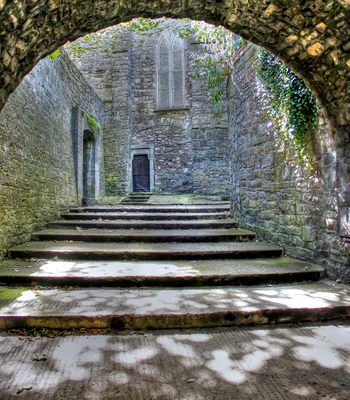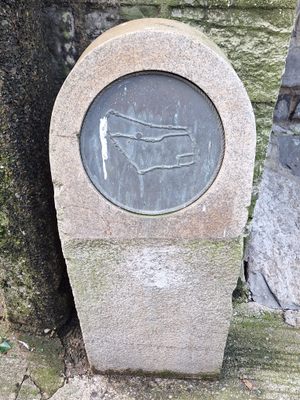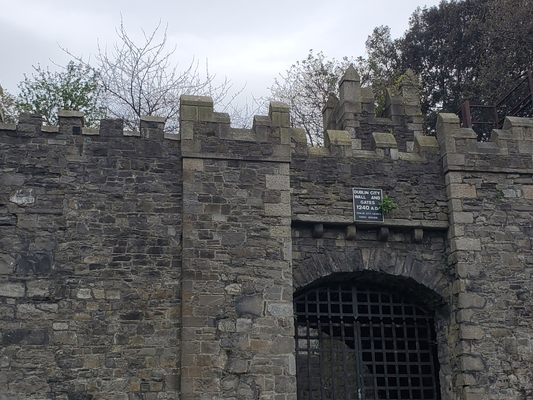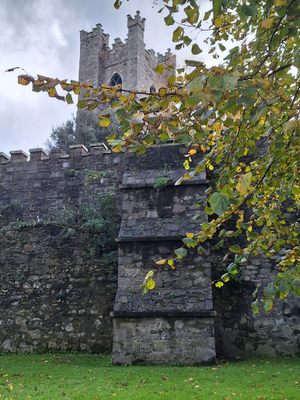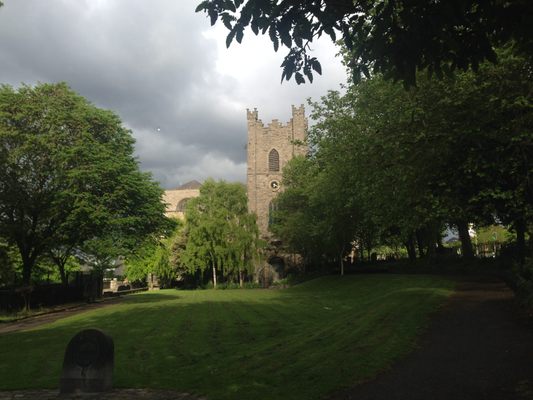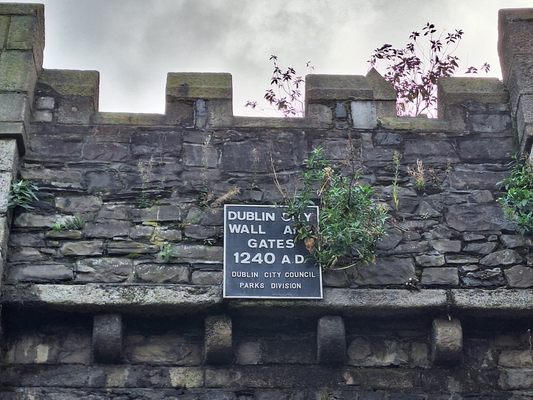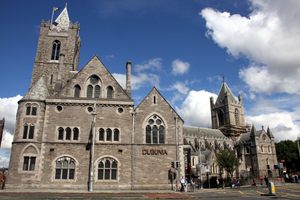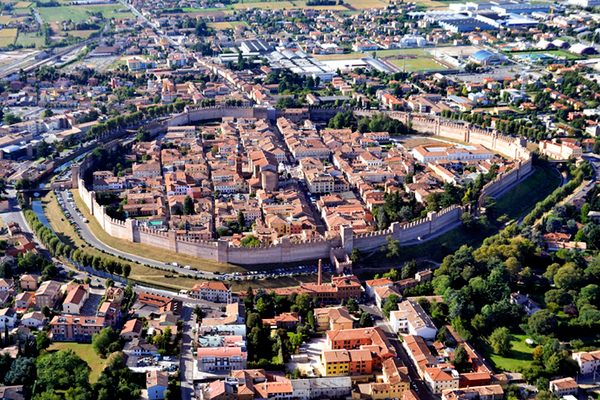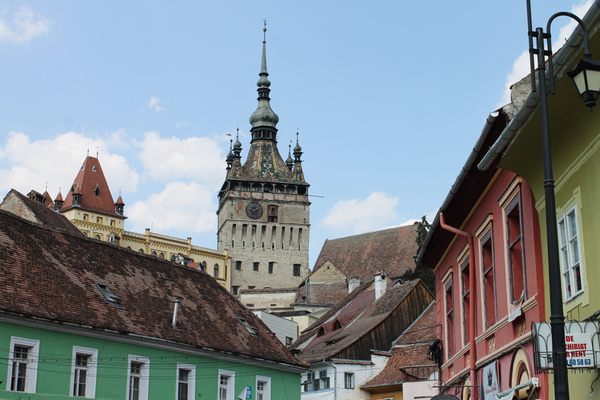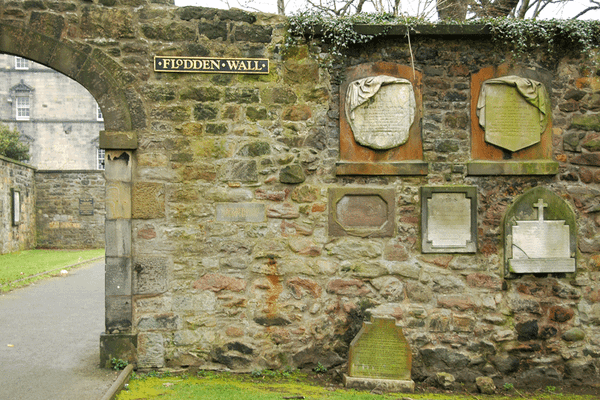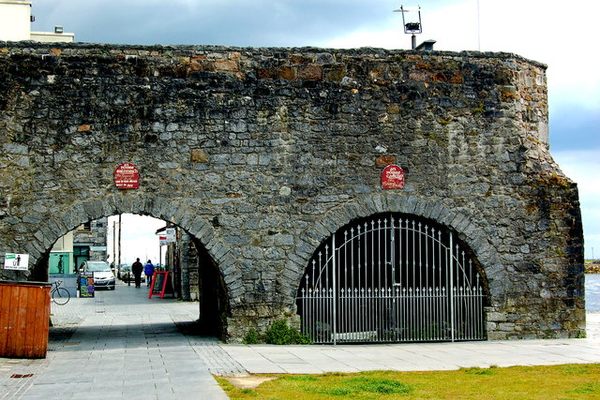About
A great stone wall once hugged the edges of medieval Dublin, enveloping the city’s residents within its embrace. Tall and formidable, access to the city was only granted through the handful of arched gates that peppered the barrier.
The wall and its gates were built in 1240 by Norman settlers. For centuries, the fortifications defended Dublin against invading clans and foreign people. In addition to being portals into the city, the gateways also served as tollbooths.
As the years wore on, Dublin’s need to maintain its stoic perimeter decreased. Abandoned bits and pieces crumbled. Entire sections fell into disrepair. Eventually, parts of the wall were torn down and lost to time. Only one of the city’s historic gates exists to this day.
Tucked behind a side of a church within a small stretch of surviving wall, Saint Audoen’s Gate (also sometimes called Saint Audoen’s Arch) leads to a narrow alleyway. It was restored in 1976, and today visitors can exit the historic center of the city through the gate and follow the winding medieval pathway to High Street and Cornmarket, where they can discover other extant portions of the lost city wall.
Related Tags
Know Before You Go
Under renovation. You can peek through the plywood fence and see the gate. Dotted around the Cathedral Quarter are concrete markets that indicate remnants of the ancient city wall.
NEW - Discovering Ireland: Literature, Legend & Myth
Cozy pubs, dreamy landscapes, and friendly locals in Ireland.
Book NowCommunity Contributors
Added By
Published
January 24, 2018
Sources
- https://heritageireland.ie/places-to-visit/st-audoens-church/
- http://www.dublincity.ie/image/libraries/ditd036-city-wall-and-gate
- http://archiseek.com/2010/medieval-city-walls-of-dublin-high-street-dublin/
- http://www.phouka.com/tr/ireland/photos/dublin/walls/01-wall.htm
- http://www.nytimes.com/2002/04/07/travel/walking-along-norman-walls.html
